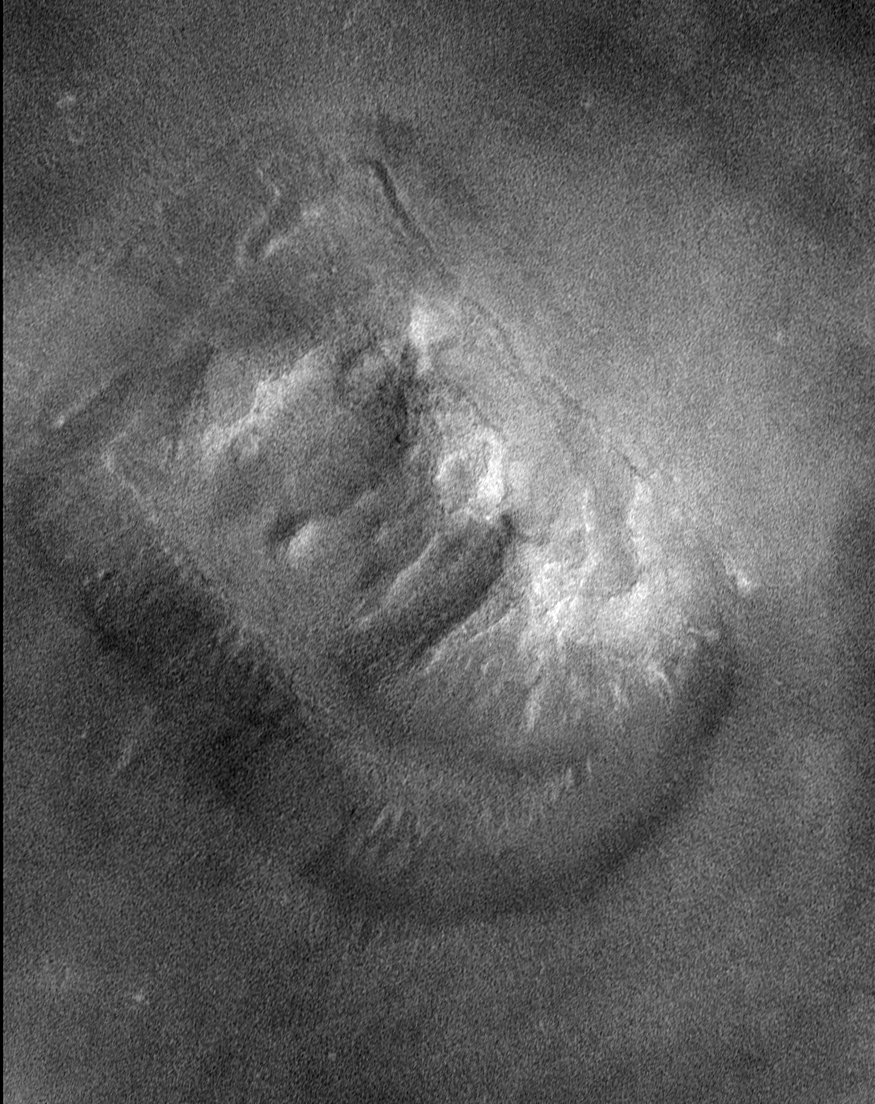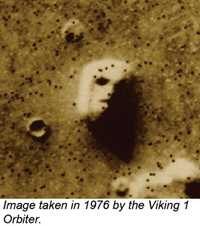

Click here for a 2001 photo from Mars Global Surveyor that reveals the true appearance of the Face.Ī few days later NASA unveiled the image for all to see. Scientists figured it was just another Martian mesa, common enough around Cydonia, only this one had unusual shadows that made it look like an Egyptian Pharaoh.Ībove: A 1976 Viking 1 photograph of the Face on Mars. There must have been a degree of surprise among mission controllers back at the Jet Propulsion Lab when the face appeared on their monitors. An enormous head nearly two miles from end to end seemed to be staring back at the cameras from a region of the Red Planet called Cydonia. NASA's Viking 1 spacecraft was circling the planet, snapping photos of possible landing sites for its sister ship Viking 2, when it spotted the shadowy likeness of a human face. Twenty five years ago something funny happened around Mars. You can find additional information about Polygon’s ethics policy here. These do not influence editorial content, though Vox Media may earn commissions for products purchased via affiliate links. Terraforming Mars: Ares Expedition was reviewed with a pre-release copy of the Target exclusive edition provided by Stronghold Games. Terraforming Mars: Ares Expedition costs $39.99 and is available at Target. Terraforming Mars is available at your friendly local game store and online at places like Amazon for about $70. Look for dual-layer boards, with little sockets to hold plastic markers firmly in place, to crop up on the secondary market - just like they did with the original game. Bumping someone’s sideboard is more easily fixed in this smaller version than in the original, but it would be better still if you didn’t have to worry about it. If someone so much as nudges the table, it can invalidate a lot of painstaking accounting. Just like in the original, players are expected to precisely position tiny plastic bits on a perfectly flat playing surface. My biggest pet peeve is the playing pieces. But for someone browsing the aisles at a big-box retailer, I could see some real consternation cropping up when they get home and try to play the game. Find someone who knows what they’re doing, or who has played and loved the original game, and your first session of Terraforming Mars: Ares Expedition will go quickly. Photo: Charlie Hall/PolygonĪll of this is just nuance, however. The result is a cluttered game board and a cluttered manual, which requires a bit more jumping around between sections than I’d like.Ī player board, showing how colored cubes are used to track production and stockpiles of key resources. On the flip side, there are other redundant icons and concepts that could have been disambiguated to avoid confusion. The two concepts are effectively the same in gameplay terms, and abstracting them out into a single icon across the multiple game components would make it easier for new players to get their head around it. For instance, there’s little reason to have icons representing both space and titanium production. Unfortunately, the process of condensing the larger Terraforming Mars experience into a smaller, mostly card-based game leaves behind a few vestigial remnants from the original. If they don’t, you had better trigger a production round yourself or get left behind.


Will your opponent trigger a production phase, allowing you to profit from your investments in high-end infrastructure? If they do, you could pick the research phase instead to add more cards to your hand next round.

That creates a bit of tension as you look around trying to guess what’s going to happen next. Players secretly choose which phase they personally want to play in each round, which opens that phase up to everyone at the table. What makes Ares Expedition so interesting is that play is broken up into multiple phases, but not all of those phases pop off every round. In typical Euro fashion, players track their progress with a victory point tracker around the edge of the board. It’s a competitive game, not a cooperative one, so the race is on to be the first to introduce those filters to be the first to fill in an ocean to be the first to open up a lava flow, venting heat and greenhouse gasses into the atmosphere. In Terraforming Mars: Ares Expedition, players take on the role of mega corporations trying to turn the Red Planet into a second Earth


 0 kommentar(er)
0 kommentar(er)
